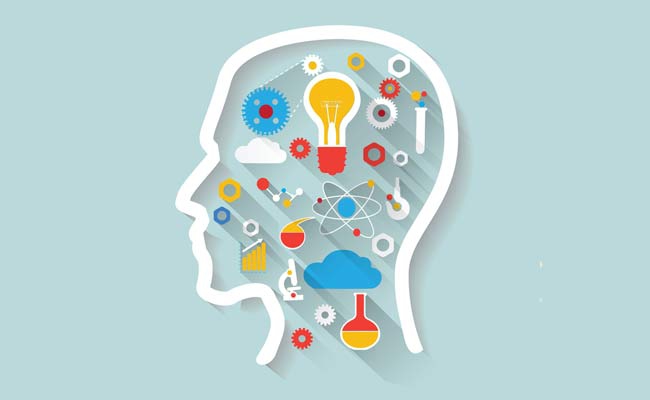Agile, on-the-go learning needs of the modern learner are pushing organisations to rethink their learning strategy, but are organisations really prepared to take the plunge?
Present-day organisations have been investing hugely in reforming learning initiatives to suit the modern learner. While the agile, on-the-go learning needs of the modern learner are pushing organisations to rethink their learning strategy, not all organisations seem really prepared to take the plunge. Another concern is, whether the working population or the modern learner, is ready enough to embrace these contemporary learning methods.
May be yes, but not completely. This means there are gaps—both on the organisational front and at the learners’ level— that need to be addressed carefully. It has now become even more crucial for learning professionals to analyse and understand the underlying gaps in adopting new-age learning techniques. The first and the foremost gap that needs bridging is the perception about the modern learner, especially in the Indian context.
We, the current working population, have been brought up in an environment where there were no facilitators, but only teachers. We were taught, not enabled to independently learn. We attended hour-long lectures on various subjects, taking back stipulated homework, day after day, until we threw it all up in an examination that was far from practical learning. On the other hand, the dynamic workplaces today, treat learning very differently.

“In an ever changing VUCA world, knowledge and skills become extinct fast and frequent structure changes to address market needs become common place. In this scenario, learning will help the organisation stay agile. Just-in-time learning is a business expectation. For the learning function to stay relevant, it is essential for this need to be appreciated and delivered accordingly,” says Hemalakshmi Raju, head-learning & development at Cipla.
Although Raju’s description of the modern workplace is totally apt, there is no denying that the modern learner still hasn’t fully overcome a ‘Content Rich and Interaction Poor’ system. As Sunder Ramachandran, general manager-training at GlaxoSmithKline, describes the real mindset of the learner—“The dramatic change in pedagogy throws a lot of us off. We seek comfort in familiarity. So, as long as you put us in a room with other people and have someone teach us, that seems to ring a bell and gives us the confidence that ‘this, we can deal with’.”
It is evident now that the learner needs to transition and this is where the role of the enterprise learning team comes into play. As Ramachandran puts it, “Think ‘Learning to learn’ approaches for the employee.” This is the first step that learning professionals need to take in order to bridge the learning gaps in embracing modern learning.

In addition, Raju says that “Learner experience is key. Curated, customised content for different parts of the organisation needs to be looked at, along with the technique to aggregate content from different platforms so that learners have access to all that they need in one place and at one shot.” To ensure a seamless learning experience, organisations and learning professionals also need to have a meticulous approach for selecting the right e-learning content.
To address the needs of a wide range of formal, informal and social learning requirements, employees need a rich array of learning resources that encompasses a full set of business needs. When selecting the right eLearning content, one should always keep in mind that the content is instructional, informational, certified, multimodal and that which enables blending and reinforces learning.
As Raju shares, “Millennials say that their ability to learn on-the-job is their top driver when looking for a new position. Hence, it is essential that we tap this and make learning both relevant and engaging for the learners.” Unlike traditional classroom methods, eLearning can be directly embedded into the workflow and is immediately applicable. It is being readily adopted for a more engaged learning experience across verticals. This distinction allows seamless integration of formal, informal and social learning into the daily work efforts.
Last but not the least, learning professionals must remain constantly agile and aware of their landscape to assess and align business and individual learning needs. This allows them to provide the best solutions. Strong networking skills of learning professionals will also prove useful in providing learning solutions that are effective, engaging and efficient.
(Do you know eight essential questions you need to consider as you develop your learning program? Read this to know now!)



